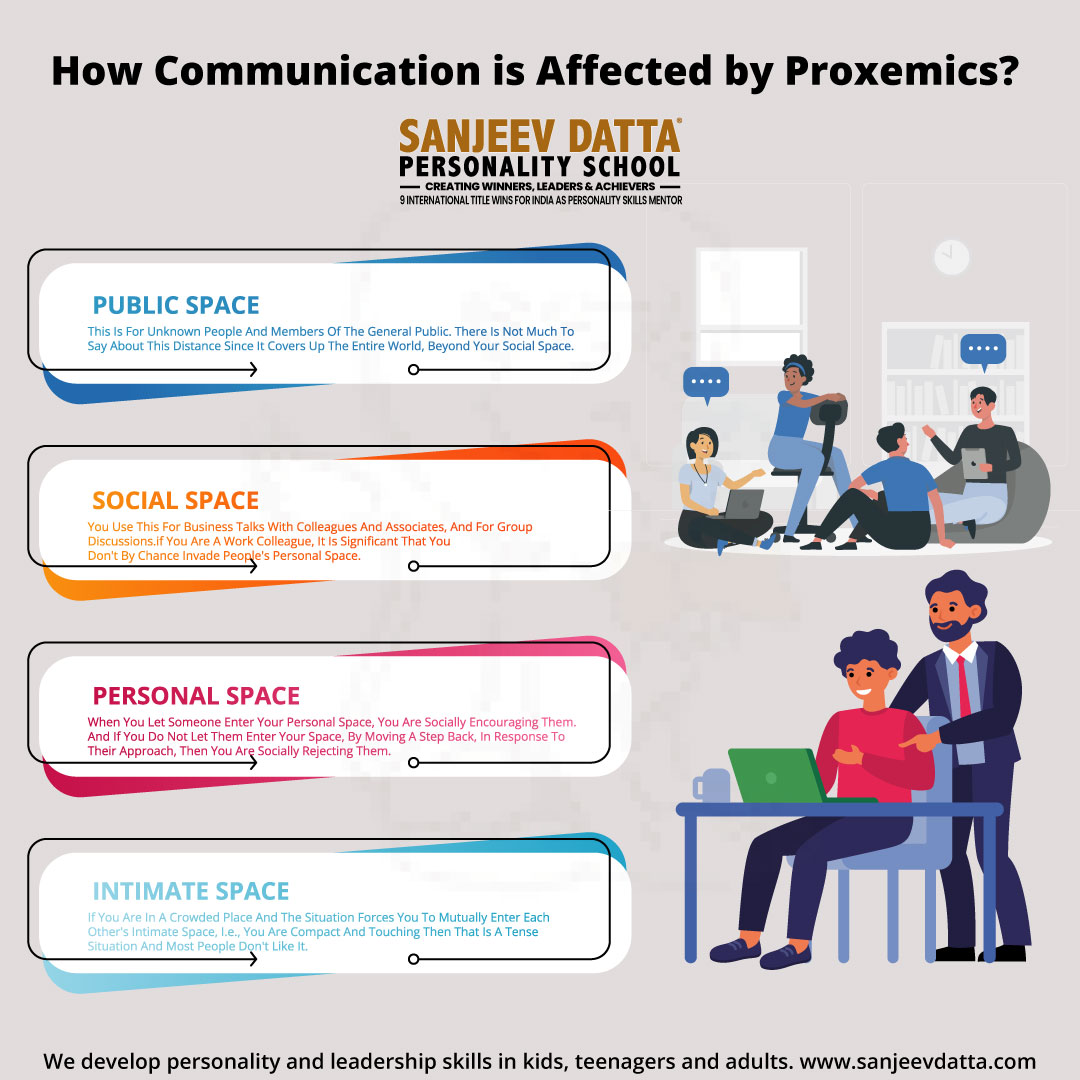Touch is our least unstated and least explored sense. Yet it is important to know how you interact with the world, your well-being, and your communication. Here are 9 reasons stating the importance of haptics in communication and paying more attention to our sense of touch.
Importance of Haptics in Communication
1. Touch Gives Us A Meaning Of Presence:

Physical sensations, vision, and proprioception (the feel of the position of our bodies in space) all combine to create our sense of body rights or presence. When this is disturbed, we become disorientated, missing our feel of what is our body and what isn’t.
Top soft skills coach believes that reaching out to touch things to confirm their reality is also an essential human behavior. Of all our senses, touch is the one considered least unreliable and the safest.
2. Sensory Experience Helps Us Discover The World:

The complicated chemistry of sensations such as hot, cold, hard, soft, pain, itching, etc., is vital to understanding and networking with the world. Physical sensations warn us, allow us to classify between objects, and (unlike vision) provide a 360° field of view.
Visit: online communication skills
3. Haptic Feedback Makes Action Possible:

When I reach for a cup of coffee on my writing desk, it is the vision that directs my hand toward the cup. But it is a haptic response (a mix of physical sensations and proprioception) that allows me to hold the cup and pick it up. I do all of this without having to think about it, it is completely spontaneous.
It is really rare to lose your sense of touch, but a few people have defined it as being essentially paralyzed. It takes months or years for them to learn how to influence objects using especially their sense of sight.

4. Touch Is Essential To Emotional Connection And Well-being:

Humans are social animals, and research shows touch develops emotional connection and is ultimate to social communication. Touch is essential to initial childhood development and numerous studies have shown that people can communicate emotions solely through touch.
5. Your Sense Of Touch Is Astonishingly Acute:

Touch receptors on your fingertips are gifted with detecting a skin movement of just 0.00001mm. Or, the other way round, you can sense an object the size of a molecule.
Visit: 7 pillars of communication
6. Haptic Technology Is Subsequently The Next Big Thing:

As the best personality development mentor for more than 21 years, Sanjeev Datta suggests that haptic technology takes part in computer interfaces and virtual worlds. We are adapted to simple haptic devices such as the vibration function in a mobile phone. Today, though, there are far more complex systems, including ultrasound devices, which indeed focus ultrasound waves to create physical sensations in mid-air. In several ways, haptics is the missing piece of the puzzle in our communication with technology. In VR, haptics digs out immersion. The same is right for spatial computing more generally. In automotive, it makes contact using gesture control systems easier. And digital marketing and advertising surge engagement and brand recall.
7. Tactile Interaction Creates An Immersive User Experience:

Physical interactions in video games make them feel authentic as if the gamer is playing the game for real. The haptic touch delivers splendid and detailed information about a topic for many types of usages.
Combined with sight sense, touch increases the amount of information transferred to the device’s brain for understanding. While this minimizes the risks of user errors, it also limits the time taken for completing the task.
8. Touchscreen Control Is Essential For Most Electronic Devices:

It is rare to get a digital or electronic device with buttons in 2023. Since the launch of touch screens, devices with buttons are now considered old-fashioned. From gaming phones to cabinets and tech tools to training devices, touch screens have become an essential part of most electronic devices.
Some devices with haptic feedback consist of:
- Smartphones.
- Smartwatches; haptics generate vibrations for notifications, directions, and scrolling.
- Arcade game controls; arcade games build haptic gaming response systems into the steering wheel or flight stick.
- Video game console controllers; haptics used in the controllers generate vibrations when the game is going on.
- Car dashboards interfaces and touch screen stereos; haptics imitate pressing buttons and moving switches experiences.
- Touchpads in laptop.
- Medical training devices; physical haptic reaction makes surgeons and physicians feel like they are practicing on humans.
9. Healthcare:

Haptics plays a dynamic role in several aspects of modern healthcare. For example, the regulators/controllers of specialized laparoscopic tools are prepared with force and tactile feedback to allow doctors to examine tissues and diagnose abnormalities in the least and accurately. Haptics also give surgeons more control over robotics-powered medical measures. Surgical robots assist doctors to perform operations in spaces that are too less for human hands, using small tools, or even carrying out operations while sitting in the other half of the world. Adding haptic response to robotic teleoperations for surgery develops accuracy and reduces operation time. The risk of tissue damage is also markedly reduced.
importance of proxemics in communication
These examples stating the importance of haptics in communication are just the apex of the iceberg. Across the board, haptics breaks down the barriers between people and technology, creating ironic digital worlds that feel human. And it’s powering the next wave of human ability.
Why Sanjeev Datta Personality School for Empowering Your Communication Skills?
For more details, contact us now!


